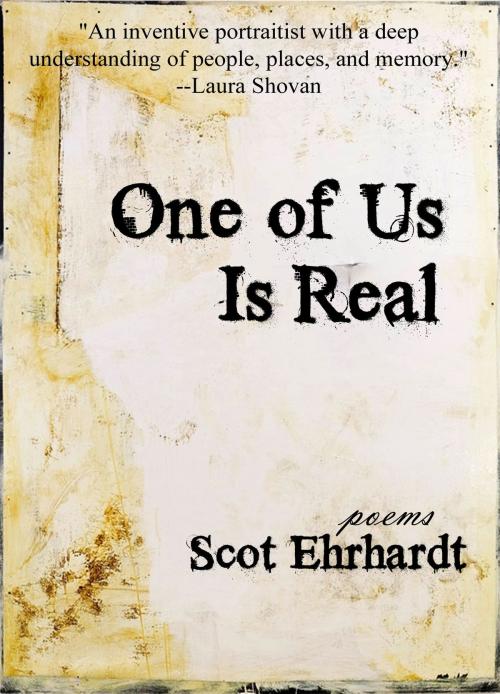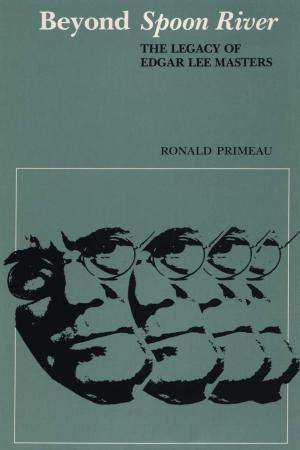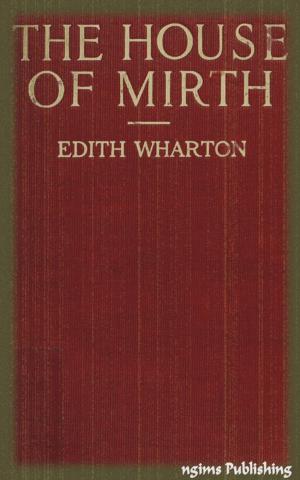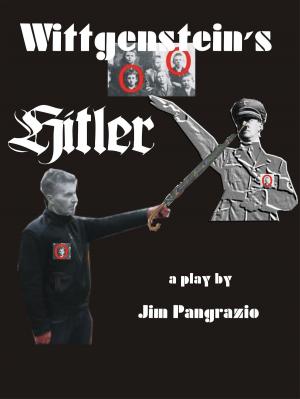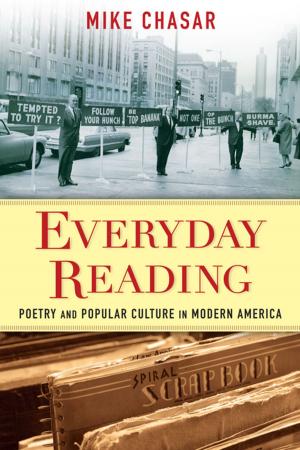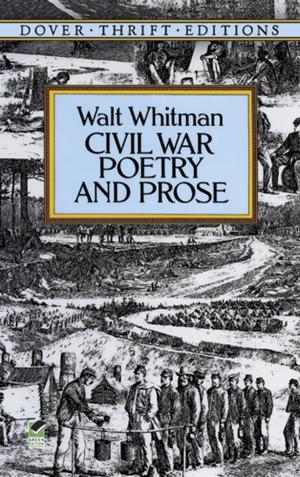| Author: | Scot Ehrhardt | ISBN: | 9781311735744 |
| Publisher: | Scot Ehrhardt | Publication: | January 9, 2016 |
| Imprint: | Smashwords Edition | Language: | English |
| Author: | Scot Ehrhardt |
| ISBN: | 9781311735744 |
| Publisher: | Scot Ehrhardt |
| Publication: | January 9, 2016 |
| Imprint: | Smashwords Edition |
| Language: | English |
One of Us Is Real is a book of mythic poems, filled with larger-than-life characters who inhabit the long empty houses and music-filled cities of memory. In poet Scot Ehrhardt’s capable hands, the masks, stories, and half-truths we know about the past are pulled aside, word by word, to reveal fallible people made of blood and bone.
Ehrhardt’s collection recreates figures who loom large in memory: a boy-hero whose indestructible body seems to be made of limestone, a teacher of Chinese painting who helps the poet to “forget/ to doubt/ knowing only/ the saturated point,” stoic parents, and elusive lovers. In this convergence of past and present, it is the remembered details that convey emotion.
Ehrhardt understands that language carries myth-making in its DNA. Several poems, “Stone, Taste, and Apples,” “Returning to the Heart,” and “Heritage Day” look at how we absorb ideas through the same language that can be a barrier to understanding. This theme is fully realized in the love poem, “What Is Said When Nothing Is Said,” which argues “the absence of sound is also language: another form of cursive in the bending/ arms of sunlight.”
The poet is an inventive portraitist with a deep understanding of how people and places are drawn and redrawn in memory, the truth shifting with each retelling like “a silver photograph of the sky, inverse,/ creased endlessly by the wind.”
By Laura Shovan
Maryland State Arts Council Artist-in-Residence
Poetry Editor, Little Patuxent Review
One of Us Is Real is a book of mythic poems, filled with larger-than-life characters who inhabit the long empty houses and music-filled cities of memory. In poet Scot Ehrhardt’s capable hands, the masks, stories, and half-truths we know about the past are pulled aside, word by word, to reveal fallible people made of blood and bone.
Ehrhardt’s collection recreates figures who loom large in memory: a boy-hero whose indestructible body seems to be made of limestone, a teacher of Chinese painting who helps the poet to “forget/ to doubt/ knowing only/ the saturated point,” stoic parents, and elusive lovers. In this convergence of past and present, it is the remembered details that convey emotion.
Ehrhardt understands that language carries myth-making in its DNA. Several poems, “Stone, Taste, and Apples,” “Returning to the Heart,” and “Heritage Day” look at how we absorb ideas through the same language that can be a barrier to understanding. This theme is fully realized in the love poem, “What Is Said When Nothing Is Said,” which argues “the absence of sound is also language: another form of cursive in the bending/ arms of sunlight.”
The poet is an inventive portraitist with a deep understanding of how people and places are drawn and redrawn in memory, the truth shifting with each retelling like “a silver photograph of the sky, inverse,/ creased endlessly by the wind.”
By Laura Shovan
Maryland State Arts Council Artist-in-Residence
Poetry Editor, Little Patuxent Review
